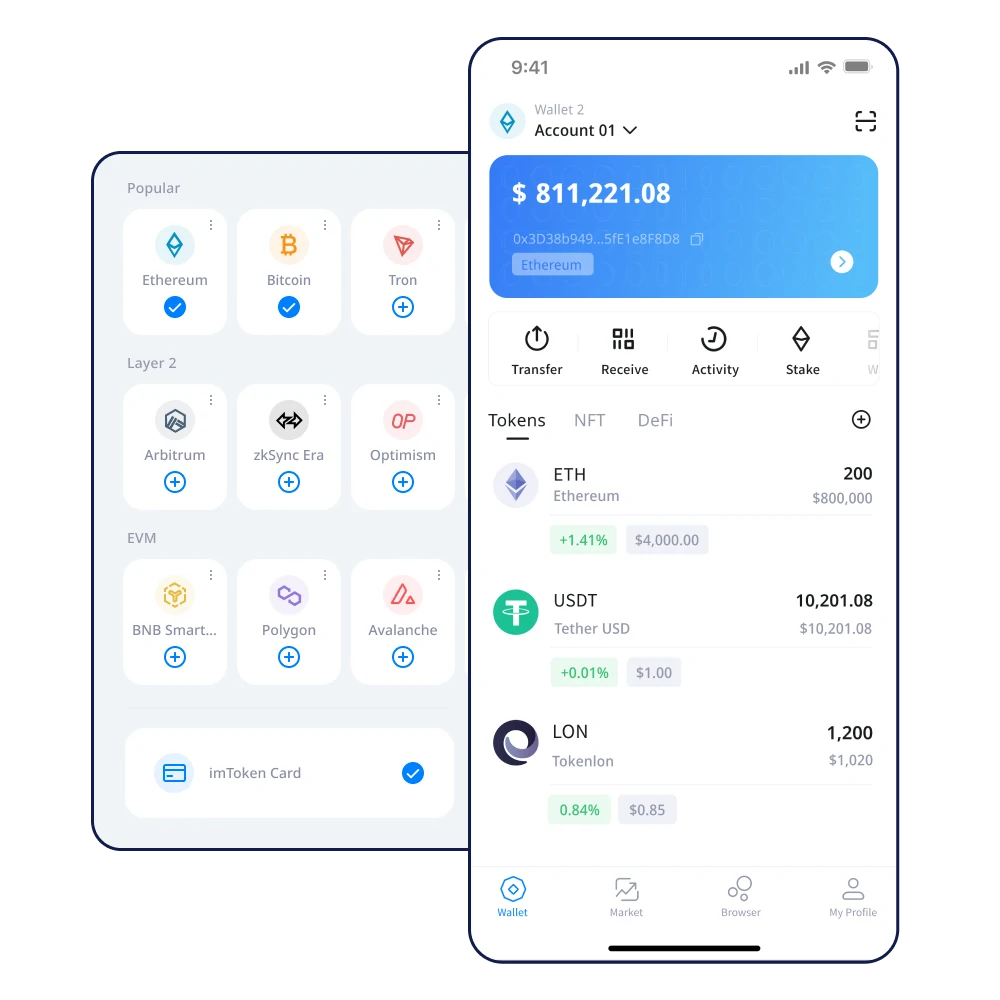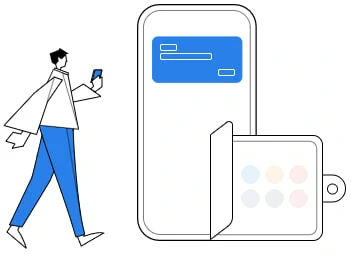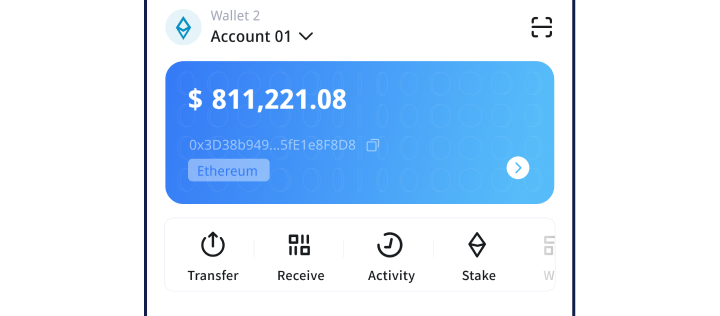# Manual Token Addition in Coinbase Wallet: A Comprehensive Guide
## Introduction to Coinbase Wallet
Coinbase Wallet is a decentralized wallet designed to give users full control over their cryptocurrencies. Unlike Coinbase’s exchange platform, where transactions and asset management are overseen by the platform itself, Coinbase Wallet empowers users by allowing them to hold their private keys. This setup enhances security and privacy while enabling users to interact with decentralized applications (dApps) and other blockchain-based functionalities. This article will explore how users can manually add tokens to their Coinbase Wallet, the importance of this feature, and its implications for asset management.
## Understanding Cryptographic Tokens
### What Are Tokens?
Tokens are digital assets that reside on existing blockchains, commonly associated with specific applications or ecosystems. They can represent various types of assets or utilities, such as cryptocurrencies, digital collectibles, loyalty points, or even real-world assets like real estate. Tokens can be built using several standards, with ERC-20 and ERC-721 being predominant on Ethereum. Understanding tokens’ frameworks helps users navigate their properties and uses effectively.
### Differentiating Coins and Tokens
While the terms “coin” and “token” are often used interchangeably, they have distinct meanings in the world of cryptocurrencies. Coins typically refer to digital currencies that can operate independently and have their own blockchains (e.g., Bitcoin, Ethereum). In contrast, tokens represent assets that exist on a blockchain but do not have their own infrastructure. This distinction is crucial when navigating blockchain ecosystems, especially when managing one’s assets within wallets like Coinbase Wallet.
## The Importance of Adding Tokens Manually
### Customizing Your Wallet Experience
Manually adding tokens to your Coinbase Wallet allows for customization and personalization of your asset space. Not all tokens are automatically recognized by wallet apps due to the vast number of tokens available across blockchains. By manually adding tokens, users can create a comprehensive portfolio that reflects their investments accurately.
### Improving Visibility and Management
By adding tokens manually, users ensure that their assets are visible and easily manageable. This enhanced visibility is essential for tracking performance and making informed investment decisions. Without manually adding tokens, users might overlook assets held in decentralized exchanges or other platforms, leading to confusion over their overall financial status.
### Preventing Loss of Tokens
In blockchain environments, tokens can sometimes become “lost” if they are unlisted or delisted from exchanges. Users who do not recognize or add these tokens manually to their wallets may assume they hold no value. Understanding how to add tokens helps users prevent potential losses and ensures they do not miss out on the appreciation of their assets.
## The Process of Manually Adding Tokens to Coinbase Wallet
### Step-by-Step Guide
Adding tokens manually to your Coinbase Wallet is a straightforward process. Here is a comprehensive, step-by-step guide:
1. **Open Coinbase Wallet App**: Launch the Coinbase Wallet application on your mobile device. Ensure you are logged into your account.
2. **Access the ‘Tokens’ Section**: Navigate to the “Settings” or “Tokens” section of the app. This is typically found in the main interface, where your balance and assets are displayed.
3. **Select ‘Add Token’**: Look for an option to “Add Token.” Tap on this option to begin the process of entering the token details.
4. **Input Token Information**: You will need to input the required token information. This usually includes:
– **Token Contract Address**: The unique address of the token’s smart contract on the blockchain.
– **Token Symbol**: The abbreviated name of the token (e.g., ETH for Ethereum).
– **Decimals**: The number of decimal places the token uses (for example, most tokens use 18 decimals).
5. **Confirm Addition**: Once you’ve filled out the token details, review your information for accuracy, then confirm the addition. The token should now appear in your wallet.
6. **Check Token Balance**: After adding the token, it might take a moment for the balance to update. Ensure you refresh the interface to view your newly added tokens.
### Common Errors and Troubleshooting

While the process is generally simple, users might encounter issues. Common errors include entering an incorrect contract address or misunderstanding the token’s contract specifics (like decimals). It’s crucial to obtain contract addresses from verified sources like official project websites or trusted blockchain explorers to mitigate risks.
## Understanding Token Standards: ERC-20 and Beyond
### What Is ERC-20?
ERC-20 is a widely-used standard for creating and issuing smart contracts on the Ethereum blockchain. It outlines specific rules and functionalities that a token must follow to operate effectively within the Ethereum ecosystem. This standard ensures that all tokens are compatible with various wallets, exchanges, and dApps, simplifying the trading and transferring of tokens.

### Other Token Standards
While ERC-20 is the most recognized standard, several others exist, including ERC-721 for non-fungible tokens (NFTs) and ERC-1155 for multi token standards. Understanding these distinctions is important for managing a diverse portfolio effectively. For instance, knowing the differences between ERC-20 and ERC-721 tokens can impact how users interact with their assets and dApps.
## Security Considerations
### Safeguarding Your Private Keys
When using Coinbase Wallet or any other digital wallet, the importance of security cannot be overstated. Users must ensure that private keys are safeguarded at all costs. If someone gains access to your private key, they can control your wallet and its contents entirely, leading to irreversible losses.
### Recognizing Phishing Attempts
Phishing attacks are a common threat in the crypto space. Users should be vigilant about any communications asking for sensitive information or directing them to counterfeit websites. To maintain security, use trusted platforms and verify URLs before logging in or entering sensitive information.
### Regular Backups
Regularly backing up your wallet is essential to safeguard your assets against accidental loss or device failure. Coinbase Wallet provides options to create backups, and users should take advantage of them to ensure their assets can be recovered when necessary.
## Best Practices for Token Management
### Regular Updates
The cryptocurrency landscape is dynamic, with tokens frequently undergoing changes such as upgrades or forks. Users should stay informed about the tokens they hold, including any developments impacting them to adjust their strategies accordingly.
### Diversifying Your Portfolio
Investing in a diverse array of tokens can mitigate risk and enhance overall financial security. While focusing on promising tokens is important, spreading investments across different sectors and projects can provide balance to a portfolio.
### Engaging with the Community
Being active in cryptocurrency communities can provide valuable insights and updates. Forums, social media groups, and other platforms facilitate discussions that can enhance users’ understanding of their assets and the market dynamics.
## Final Thoughts
Manually adding tokens to Coinbase Wallet is a significant feature that enhances user experience, asset management, and security. The ability to customize one’s wallet by adding various tokens underscores the importance of user control over digital assets. By following the outlined processes, users can ensure they have a comprehensive understanding of their holdings and are prepared to navigate the complexities of the cryptocurrency market effectively.
As the cryptocurrency landscape continues to evolve, being informed and proactive about managing digital assets will be key for users seeking to maximize their investments and safeguard their financial future. The journey into the world of tokens and decentralized finance is filled with opportunities, and understanding how to navigate these waters is essential for any cryptocurrency enthusiast.






